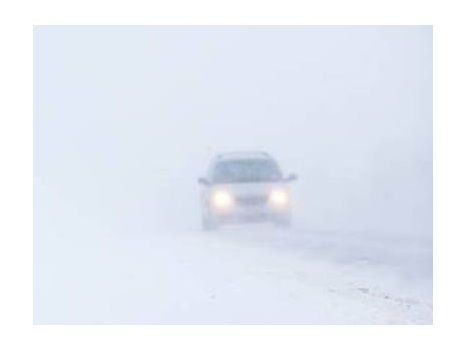Survey: Audio Rises As Podcasts, Radio Gain Influence In Fragmented Media Landscape.
- Inside Audio Marketing

- Aug 27
- 3 min read

A post 2024 election survey from Katz Media and the Republican ad buying shop National Media shows that audio — particularly podcasts — is becoming one of the most influential channels in reaching voters in an increasingly fragmented media landscape.
Mitch Kline, Executive VP of Katz Media, said the complexity of media planning ahead of 2026 is “astronomical,” noting that fragmentation has made it harder than ever to reach voters. But one medium stood out. “2024 was called the podcast election,” Kline said. “Podcasting, specifically, helps reach the unreachable.”
The survey, conducted by GOP pollster Robert Blizzard in December, is laid out in a new episode of the Pro Politics with Zac McCrary podcast. It found that roughly one in ten voters now fall into an “audio aficionados” segment. This group combines podcast listeners with streaming audio users as well as traditional radio audiences.
Katz President Patrick McGee believes they are critical to campaign strategy. “Voters are everywhere. They’re not loyal to one particular medium. They’re in every lane,” he said.
Adam Wise, Chief Innovation Officer at National Media, explained that it reflects a wider behavioral shift in Americans’ media habits where people are more mobile-focused than in the past. “It’s not just audio,” he said. “They’re consuming things on the go, and that just happens to be very heavy on podcasts and radio.”
Wise described how personalized podcasting has also lowered the barrier to entry for niche content. “This ability for somebody to find anything that they’re looking for is kind of amazing,” he said. “I can find the exact thing in the right voice that I want.”
“It’s not a Rush Limbaugh, it’s a different one,” Kline said. “What’s important is that it’s the user less so than the content.” He emphasized that local targeting remains as critical in audio as in politics, too. “Being able to geotarget and say, ‘This is the group that I want in this state or this geographic area,’ that is important,” Kline said.
Why Early Ads Are Critical
The survey also has some practical insights for political strategies. It shows that nearly 80% of voters had already made up their minds before Labor Day, leaving little room for persuasion in the final weeks. “Advertising after Labor Day has to be less about persuasion and more about motivation — making sure your voters actually turn out,” Wise said.
The research also confirms that ticket splitting has all but disappeared. Wise said fragmentation and self-curated media habits play a role. “We’re living in a world where people can go out and find whatever they want to revalidate their opinions. Voters increasingly see the candidate as the party brand,” he suggested.
On the media front, the survey revealed a changing landscape. Text messaging has emerged as a get-out-the-vote tool, while also confirming that second-screening is now the norm. Meanwhile, cord-cutting is accelerating, pushing YouTube into near parity with broadcast TV. Perhaps most critical, the study found frequency is as important as reach.
“You buy the football game on Saturday and Sunday, and they only see you two out of seven days. And we need to get to 10 to 14 frequency,” Wise said. Daily audio touchpoints — from radio commutes to weekday podcasts — may help fill that gap.
There’s No One ‘Rush Limbaugh’
The audio category also highlights generational shifts. Survey data pointed to younger men especially turning to podcasts with conservative leanings, echoing the role that talk radio has long played. But the executives agree the audio field is broader now.
“Besides having a massive field podcast, I don’t think there is a Rush Limbaugh—it’s not just that kind of context,” Kline said.
Beyond podcasts, traditional radio still plays a role, particularly for on-the-go voters and sports fans. Wise said campaigns saw “massive incremental reach in college football on streaming and on TV and even on digital audio,” noting that non-college men 25–54 were “super low TV consumers, massive audio consumers.”
Looking ahead to the current political cycle, Wise said audio is the only medium in the survey where voters plan to increase consumption over the next year. He expects that trend will “force a change in how we have to think about media mix.”
As campaigns prepare for the next election, Kline said audio offers both reach and frequency, while reflecting how people actually consume information in their daily lives. That includes calling audio’s rise part of a broader lesson. “What got you here is not what’s going to keep you here. You’ve got to make adjustments.”




Comments